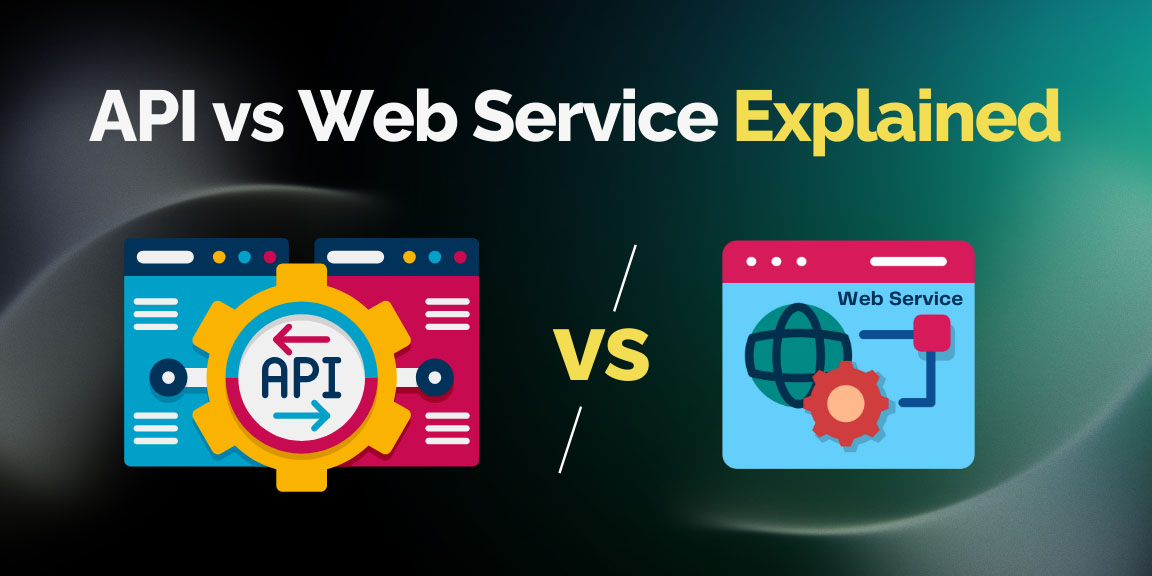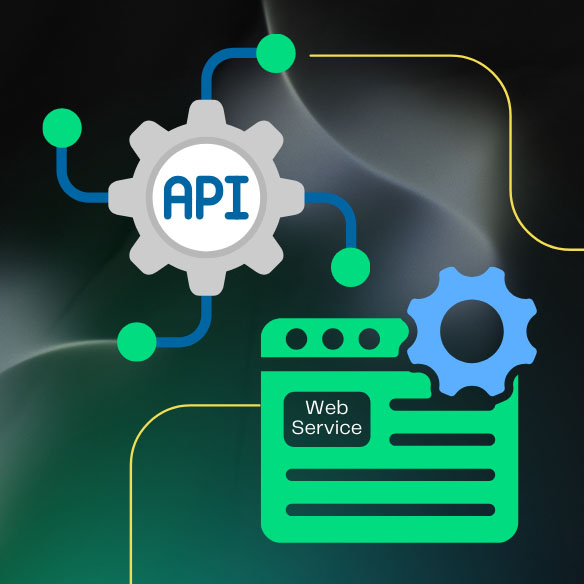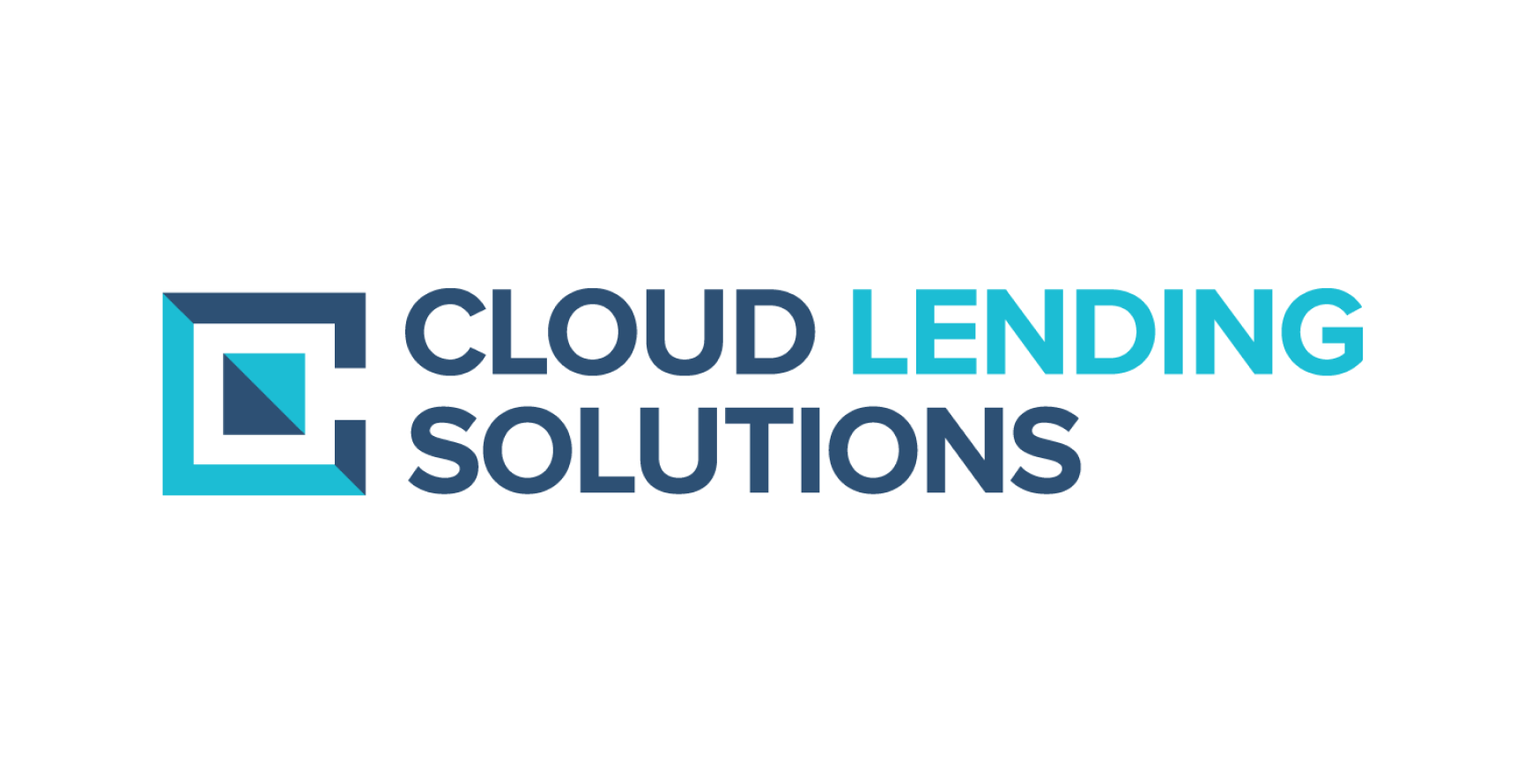Software Development, zBlog
API vs Web Service: Key Differences, Use Cases, and Examples Explained
Team Trantor | Updated: August 23, 2025
In today’s hyper-connected world, the debate of API vs Web Service is more relevant than ever—both are everywhere, fueling apps, automating processes, and connecting ecosystems. But despite their overlap, they aren’t the same.
Many search ” api vs web service ” to understand which fits their tech stack best, looking for practical advice, business insights, real-world use cases, and the latest developments. Let’s clear up misconceptions and set the record straight for 2026. This topic also connects to broader enterprise adoption of Enterprise Process Automation, where APIs and services act as the backbone of digital transformation.
Understanding APIs
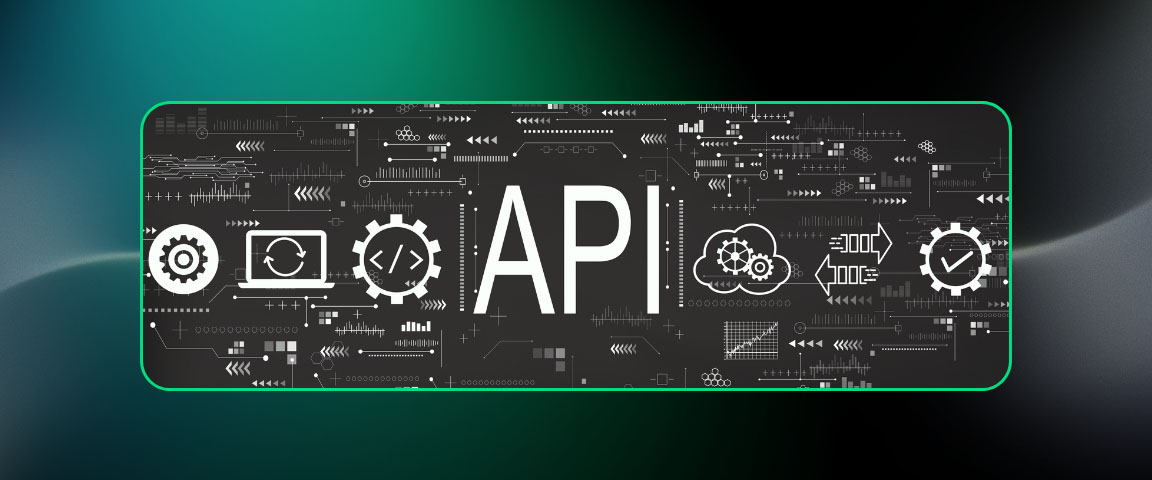
What is an API?
An API (Application Programming Interface) is a set of protocols, routines, and tools that allows one software application to interact with another. Think of an API as a contract or messenger—enabling distinct systems to communicate, exchange data, and execute commands, whether locally or over a network.
Key API Types in 2026:
- Web APIs: Communicate over the internet (e.g., REST, GraphQL, gRPC).
- Library APIs: Allow integration within a programming environment.
- Operating System APIs: Provide standardized calls for software running on Windows, macOS, Linux, etc.
API Examples:
- Facebook Graph API (social integration)
- Stripe API (payments)
- Twilio API (communications & messaging)
- Google Maps API (location services)
How APIs Work
APIs define *how* software components should interact—exposing only what’s necessary. With APIs, companies can offer services to partners, developers, and the public without revealing internal code or databases.
Understanding Web Services
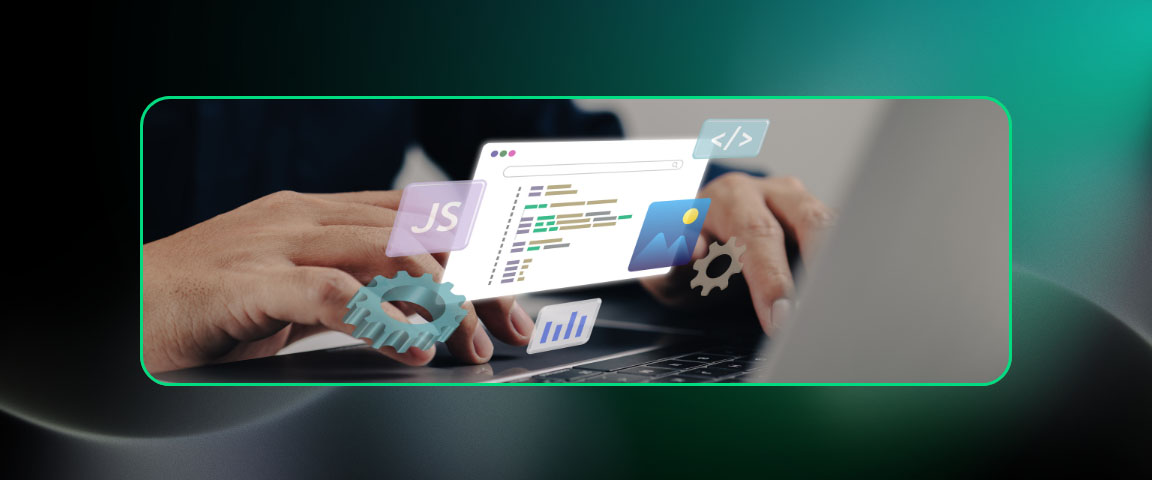
What is a Web Service?
A Web Service is a specific type of API accessed through standard web protocols (HTTP, HTTPS) over a network, generally the internet. All web services are APIs, but not all APIs are web services.
Special Traits:
- Must use a network for communication
- Typically follow standardized protocols such as SOAP, REST, or XML-RPC
- Rely on open standards—including XML, WSDL (Web Services Description Language), and UDDI (Universal Description, Discovery, and Integration)
Classic Web Service Examples:
- SOAP-based services for banking transactions
- RESTful web service for airline booking systems
In Real Life:
When you make an online payment—your browser talks to the merchant site, which then calls a payment web service to verify your card and execute the transaction.
API vs Web Service: Key Differences
A recurring question in tech forums, interviews, and enterprise meetings is:
“What are the main differences between API vs Web Service?”
Let’s break them down clearly.
Core Differences
Summary: All web services are APIs, but not all APIs are web services. APIs are the umbrella—web services are a specific, highly standardized case under that umbrella.
In-Depth Comparison Table
Here’s a side-by-side overview to make API vs Web Service distinctions crystal clear in 2026:
Modern Use Cases: API vs Web Service in Action
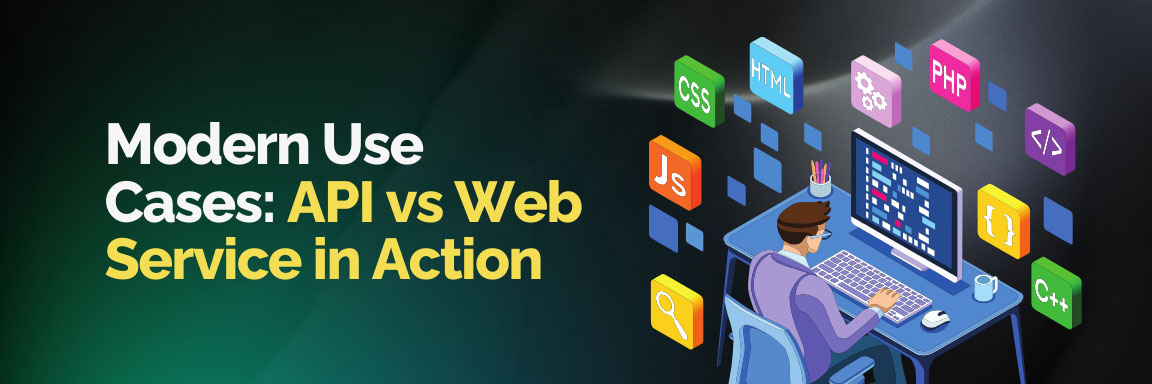
API Use Cases (2026):
APIs—especially web APIs—are essential to modern digital infrastructure. They power:
- Payment Integrations: Stripe/PayPal APIs enable instant checkouts in web stores.
- Real-Time Messaging: Twilio APIs for SMS, WhatsApp, and video.
- Cloud Storage: Dropbox, OneDrive, Google Drive APIs for file sharing.
- Social Networks: Facebook Graph API to pull user profiles, post content, etc.
- Smart Devices/IoT: APIs connect sensors, cars, appliances, and more.
- AI & Analytics: OpenAI API for generating text, Google Vision API for image recognition.
- Healthcare: Secure FHIR APIs for patient data exchange.
Web Service Use Cases (2026):
Web Services shine in highly regulated, standardized environments:
- Enterprise Application Integration (EAI): Connecting ERP, CRM, and legacy systems using SOAP-based Web Services.
- Banking and Finance: Secure transaction and account management over web services.
- e-Government: Tax portals, benefit claim processing, and health records exchange.
- Logistics: SOAP web services for shipment tracking, customs documentation, etc.
- Payment Gateways: PayPal (SOAP) and other major gateways use web services to execute payment transactions.
API vs Web Service Examples
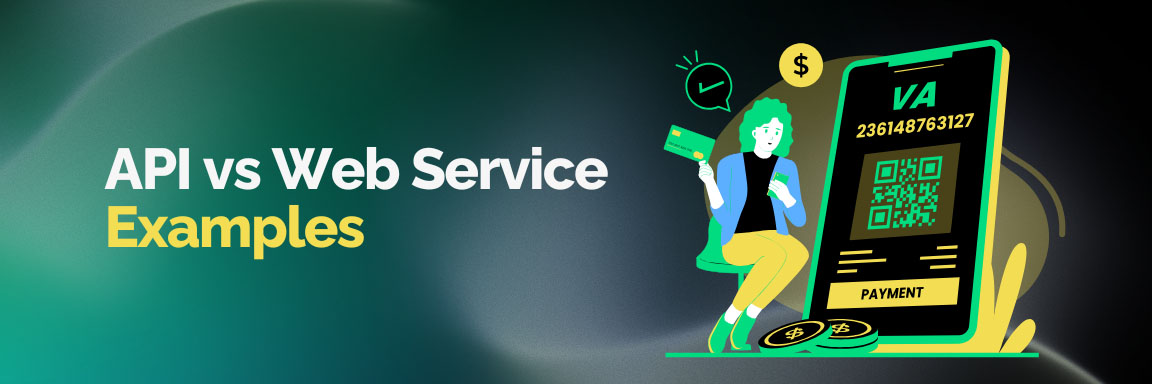
Modern API Example: Stripe Payment
When a retail platform like Shopify lets users pay by card:
- The checkout page sends card and order details to Shopify’s back end.
- Shopify calls the Stripe API (a web API).
- Stripe handles authorization, transfers funds, and sends a response.
Modern Web Service Example: PayPal Payment
- The merchant site sends a SOAP/XML message with payment details to PayPal SOAP Web Service.
- PayPal returns an encrypted XML response with transaction approval or error status.
- All interactions occur securely over HTTPS using SOAP protocol.
Hybrid Example: RESTful Web Services
Today’s RESTful web services blend both worlds. They remain web services but use modern, flexible APIs over HTTP, often accepting JSON or XML.
Advantages & Limitations
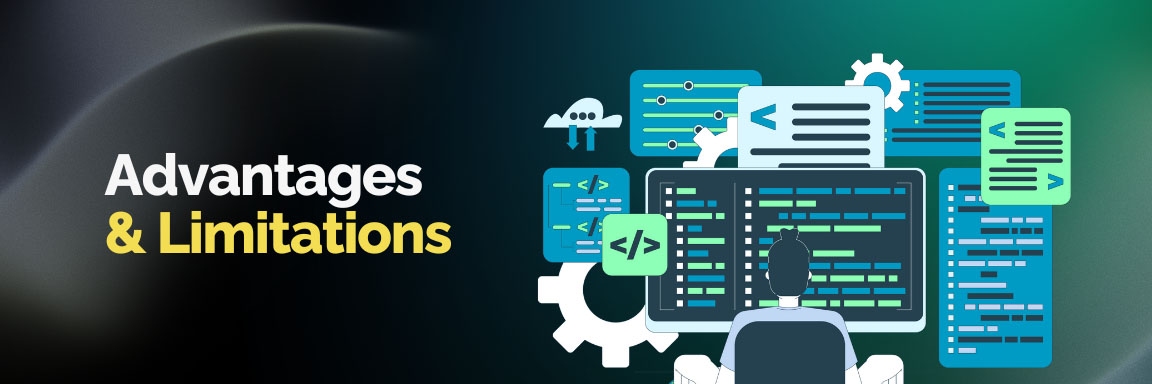
Advantages of APIs
- Versatility: Handle any communication pattern.
- Speed: Lightweight, fast, and efficient (especially REST, GraphQL, gRPC).
- Security: Modern, robust standards (OAuth, JWT, etc.).
- Ease of Integration: Well-suited to modern programming languages and paradigms.
- Developer Experience: Extensive tooling, auto-generated documentation (OpenAPI).
Advantages of Web Services
- Standardization: Ideal for regulated industries needing interoperability (banking, insurance).
- Legacy Integration: Excellent for connecting older, mission-critical business applications.
- Cross-Platform: Consistent performance across multiple platforms.
Limitations of APIs
- Security Risks: Public APIs may pose target for attacks if not managed properly.
- Maintenance: Requires ongoing monitoring of versions and usage.
Limitations of Web Services
- Legacy Overhead: Older protocols like SOAP can be slow, complex, and resource consuming.
- Data Format Restrictions: Often limited to XML; less support for rich content.
- Less Flexibility: Tight protocol adherence may limit innovation.
2026 Trends: What’s New in API and Web Service
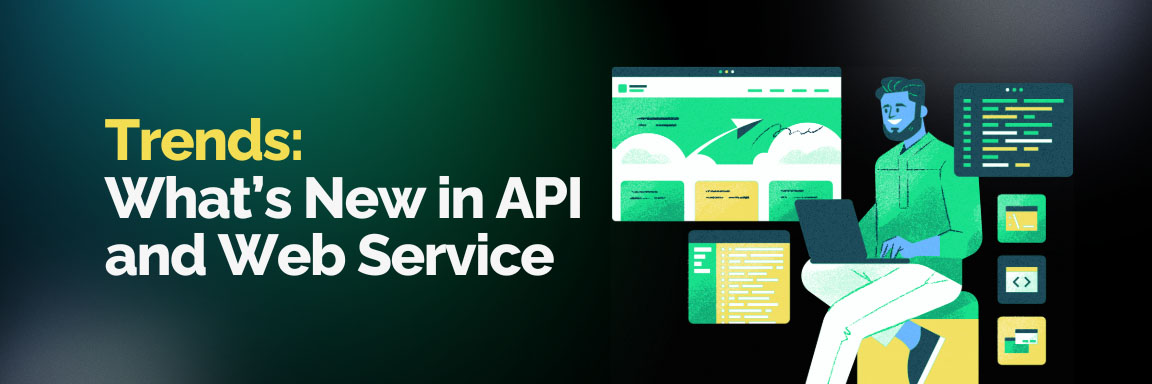
Leading-Edge API Trends for 2026
- AI-Driven Automation: AI manages API lifecycle, automating scaling, optimization, and security.
- API-First Development: Teams design APIs first, boosting speed to market and internal collaboration.
- Async APIs & Real-Time Data: Wide adoption of asynchronous APIs (WebSockets, GraphQL subscriptions) for real-time apps in gaming, healthcare, and logistics.
- Zero-Trust Security: Tougher access controls, advanced authentication (OAuth 2.0, mTLS), and anomaly detection.
- API Monetization: APIs as profit centers—usage-based billing, premium tiers, and analytics dashboards.
- Unified API Management: Centralized platforms streamline multi-cloud/hybrid deployments.
- Serverless & Microservices: APIs drive scalable, cost-effective serverless and microservices-based architectures.
- Sustainability: Green IT initiatives push eco-friendly API designs.
Web Service Trends
- Migration to REST/GraphQL: Enterprises are modernizing legacy web services to RESTful and GraphQL APIs for better developer experience and flexibility.
- Hybrid Integration Platforms: Combining REST APIs and web services to bridge cloud and on-prem applications.
- Improved B2B Security: Encrypted payloads and comprehensive auditing for sensitive inter-company data flows.
Choosing Between API vs Web Service
When to Use an API
- Need flexible, fast, lightweight integration (especially microservices, mobile apps, AI/ML platforms).
- Require support for diverse data formats (JSON, XML, custom).
- Seeking rapid deployment or agile development with modern platforms.
- Building public, partner, or internal app ecosystems.
When to Use a Web Service
- Interfacing with legacy systems (ERP, mainframes, older banking systems).
- Needing strict adherence to standards or cross-platform compatibility.
- Collaborating with trading partners who require SOAP/XML or specific WSDL contracts.
- Regulated verticals like finance, healthcare, or government operations.
Frequently Asked Questions: API vs Web Service
Is every web service an API?
Yes—all web services are APIs, but only those designed to work over a network (HTTP/HTTPS) using standard protocols.
What’s the main difference between API and web service?
APIs are broader—most can function within one device or over a network, supporting any protocol and data type; web services are strictly network-bound and usually standardized with protocols like SOAP, REST, or XML-RPC.
Which is faster: API or web service?
Modern APIs (REST, gRPC, GraphQL) are typically faster and more lightweight than traditional web services (especially SOAP).
Are APIs replacing web services?
REST and GraphQL APIs are supplanting many SOAP-based web services, but “web service” remains a useful architectural pattern for B2B and regulated environments. Many organizations deploy both.
What are common mistakes when choosing between API vs Web Service?
- Overcomplicating an integration that could be solved with a simple REST API.
- Migrating all web services to APIs without considering compliance or contractual requirements.
- Neglecting the developer experience and documentation.
Opportunities for 2026: Stand Out Strategies
- Focus on API security and automated testing: Zero-trust, anomaly detection, and CI/CD-driven API tests will become non-negotiable.
- Leverage AI and analytics: APIs and web services are increasingly driven by data insights—incorporate predictive analytics and performance monitoring.
- Explore real-time and async architectures: Technologies like WebSockets, GraphQL subscriptions, and event-driven APIs will dominate for chat, healthcare, gaming, and logistics use cases.
- Prioritize developer experience: Invest in comprehensive, interactive API documentation with OpenAPI and self-service sandboxes.
- Sustainability matters: Design APIs and web services with eco-efficiency in mind—using smart caching, serverless frameworks, and carbon-friendly cloud hosting.
Conclusion
At Trantor Inc, we believe the right foundation empowers limitless innovation. The API vs Web Service conversation isn’t about picking a winner—it’s about choosing the right tool for your business and future-proofing your technology investment.
As APIs become the universal glue of the modern enterprise and web services evolve to support hybrid, cloud, and legacy needs, organizations that harness both—while embracing AI, automation, and security-first design—will build digital capabilities that stand the test of time.
If you’re ready to unlock powerful integrations, optimize business processes, or leap into new markets with robust digital connectivity, Trantor Inc is here to be your innovation partner.

